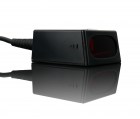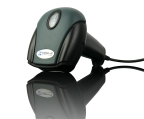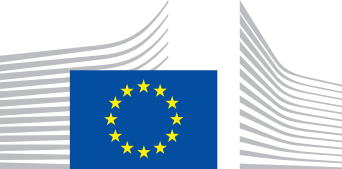The fashion for small devices recording images while driving came to Poland about 10 years ago from across the eastern border. During this time, various models have appeared on the market - from the cheapest models available in hypermarkets for less than 10 EUR, to advanced devices with prices in the thousands. Such a wide selection means that a large number of drivers reach for these devices, while a very large number of them install them incorrectly.
The car camera is primarily to play the role of an independent witness during crisis situations - for this reason, almost all devices currently available on the market have a number of facilities that make the operation of the device maintenance-free, e.g. automatic switching on and off of the camera, motion detection, etc. thus, the camera does not need to be placed close to the driver's reach.
Only after a dozen or so years, in 1969, David Collins invented an effective light source that allowed to read the produced codes. The laser - because we are talking about it - was the perfect solution to the problems that Woodland and Silver had to deal with before and is used to this day. The experimental system that Collins created and installed at the GM (General Motors) factory and in the shipping company caught the attention of supermarket chains, which in 1970 established a special barcode development fund.
Soon after, IBM introduced simple barcodes to the market, which are still used today. The so-called UPC (Universal Product Code) standard in force in the USA to this day, thanks to which the customer service buying goods in various stores has been improved. The first product that was sold after scanning the barcode was a pack of chewing gums.
In 1977, an equivalent of the American system, known as the EAN standard, was created in Europe. 21 years later, it was decided to combine both standards and create one global system - this is how the currently used GS1 system was created. Poland was included in the EAN system after the political changes in 1990.















